Research on High-Efficiency Transmission Characteristics of Multi-Channel Breast Ultrasound Signals Based on Graphene Structure
Abstract
1. Introduction
2. Theoretical Analysis
3. Model Structure Design
4. Results
4.1. Analysis of Acoustic Transmission Characteristics in the Time Domain
4.2. The Influence of Frequency on Sound Transmission Characteristics
4.3. The Influence of Structural Parameters on Sound Wave Transmission Characteristics
5. Conclusions
- (1)
- When the frequency of the acoustic signal is 100 kHz, the acoustic signals are transmitted along their respective acoustic channels and separated from each other without diverging, which effectively reduces the mutual interference and distortion of the signals. Simultaneously, the energy of the ultrasonic signal reaching the receiving end of the CMUT through the acoustic channel is enhanced, which reduces the difficulty of acquisition and provides the possibility for accurate detection of early breast cancer.
- (2)
- For sound wave signals of different frequencies, they can be effectively transmitted when passing through the sound channel in the wide frequency range of 80 kHz to 4000 kHz. The transmission frequency band of the acoustic signal is effectively expanded, and the integrity of the signal arriving at the receiving end of the CMUT is improved, realizing efficient acquisition.
- (3)
- Based on the flexibility of the phononic crystal structure design, changing the parameters of the primitive cell structure, the phase adjustment can be realized in a wide frequency range, which greatly enriches the function of the acoustic channel. The beam is deflected by adjusting the phase to improve directivity, and the efficient acquisition of CMUT is better realized, providing a database for accurate diagnoses of breast cancer.
Author Contributions
Funding
Institutional Review Board Statement
Informed Consent Statement
Data Availability Statement
Acknowledgments
Conflicts of Interest
References
- Koboldt, D.; Fulton, R.; McLellan, M.; Schmidt, H.; Kalicki-Veizer, J.; McMichael, J.; Fulton, L.; Dooling, D.; Ding, L.; Mardis, E.; et al. Comprehensive molecular portraits of human breast tumours. Nature 2012, 490, 61–70. [Google Scholar]
- Nebeker, J.; Nelson, T.R. Imaging of sound speed using reflflection ultrasound tomography. J. Ultrasound Med. 2012, 31, 1389–1404. [Google Scholar] [CrossRef] [PubMed]
- Bernard, S.; Monteiller, V.; Komatitsch, D.; Lasaygues, P. Ultrasonic computed tomography based on full-waveform inversion for bone quantitative imaging. Phys. Med. Biol. 2017, 62, 7011–7035. [Google Scholar] [CrossRef]
- Forte, S.; Dellas, S.; Stieltjes, B.; Bongartz, B. Multimodal ultrasound tomography for breast imaging: A prospective study of clinical feasibility. Springer Int. Publ. 2017, 1, 27. [Google Scholar] [CrossRef]
- Liu, C.; Xue, C.; Zhang, B.; Zhang, G.; He, C. The Application of an Ulrasound Tomography Algorithm in a Novel Ring 3D Ultrasound Imaging System. Sensors 2018, 18, 1332. [Google Scholar] [CrossRef] [PubMed]
- Yu, S.; Wu, S.; Zhuang, L.; Wei, X.; Sak, M.; Neb, D.; Hu, J.; Xie, Y. Effificient Segmentation of a Breast in B-Mode Ultrasound Tomography Using Three-Dimensional GrabCut (GC3D). Sensors 2017, 17, 1827. [Google Scholar] [CrossRef] [PubMed]
- Ergun, A.; Yaralioglu, G.; Khuri-Yakub, B. Capacitive Micromachined Ultrasonic Transducers: Theory and Technology. J. Aerosp. Eng. 2003, 16, 76–84. [Google Scholar] [CrossRef]
- Park, K.; Lee, H.; Kupnik, M.; Khuri-Yakub, B. Fabrication of Capacitive Micromachined Ultrasonic Transducers via Local Oxidation and Direct Wafer Bonding. J. Microelectromech. Syst. 2011, 20, 95–103. [Google Scholar] [CrossRef]
- Yu, Y.; Vai, M.; Mak, P.; Cao, X.; Pun, S. Output pressure enhancement of CMUTs by using multiple Helmholtz resonance apertures. Electron. Lett. 2015, 51, 1390–1392. [Google Scholar] [CrossRef]
- Zhu, Y.; Hu, J.; Fan, X.; Yang, J.; Liang, B.; Zhu, X.; Cheng, J. Fine manipulation of sound via lossy metamaterials with independent and arbitrary reflection amplitude and phase. Nat. Commun. 2018, 9, 1632. [Google Scholar] [CrossRef]
- Terada, T.; Yamanaka, K.; Suzuki, A.; Tsubota, Y.; Wu, W.; Kawabata, K. Highly precise acoustic calibration method of ring-shaped ultrasound transducer array for plane-wave-based ultrasound tomography. Jpn. J. Appl. Phys. 2017, 56, 07JF07. [Google Scholar] [CrossRef]
- Fei, C.; Ma, J.; Chiu, C.; Williams, J.; Fong, W.; Chen, Z.; Zhu, B.; Xiong, R.; Shi, J.; Hsiai, T.; et al. Design of matching layers for high-frequency ultrasonic transducers. Appl. Phys. Lett. 2015, 107, 123505. [Google Scholar] [CrossRef]
- Song, J.; Xue, C.; He, C.; Zhang, R.; Mu, L.; Cui, J.; Miao, J.; Liu, Y.; Zhang, W. Capacitive Micromachined Ultrasonic Transducers (CMUTs) for Underwater Imaging Applications. Sensors 2015, 15, 23205–23217. [Google Scholar] [CrossRef] [PubMed]
- Zhang, R.; Zhang, W.; He, C.; Song, J.; Mu, L.; Cui, J.; Zhang, Y.; Xue, C. Design of capacitive micromachined ultrasonic transducer (CMUT) linear array for underwater imaging. Sens. Rev. 2016, 36, 77–85. [Google Scholar] [CrossRef]
- Zhang, Y.; Gao, X.; Zhang, S.; Cao, W.; Tang, L.; Wang, D.; Li, Y. A biomimetic projector with high subwavelength directivity based on dolphin biosonar. Appl. Phys. Lett. 2014, 105, 123502. [Google Scholar] [CrossRef]
- Coutant, Z.; Adelegan, O.; Biliroglu, A.; Jeng, G.; Oralkan, O. Wideband Air-Coupled CMUT Arrays for Acoustic Micro-Tapping. In Proceedings of the 2020 IEEE International Ultrasonics Symposium (IUS), Las Vegas, NV, USA, 7–11 September 2020. [Google Scholar]
- Tawfik, H.; Singh, N.; Elsayed, M.; Nabki, F.; El-Gamal, M.N. Meniscus-Mode: A Novel Operation Mechanism for Signal Amplification in Capacitive Micromachined Ultrasonic Transducers. Sen. Act. A Phys. 2021, 319, 112549. [Google Scholar] [CrossRef]
- Yang, S.; Page, J.; Liu, Z.; Cowan, M.; Chan, C.; Sheng, P. Focusing of sound in a 3D phononic crystal. Phys. Rev. Lett. 2004, 93, 024301. [Google Scholar] [CrossRef]
- Ding, Y.; Liu, Z.; Qiu, C.; Shi, J. Metamaterial with simultaneously negative bulk modulus and mass density. Phys. Rev. Lett. 2007, 99, 093904. [Google Scholar] [CrossRef] [PubMed]
- Tang, S.; Wang, R.; Han, J.; Jiang, Y. Acoustic energy transport characteristics based on amplitude and phase modulation using waveguide array. J. Appl. Phys. 2020, 128, 165103. [Google Scholar] [CrossRef]
- Li, K.; Liang, B.; Yang, J.; Yang, J.; Chen, J. Broadband transmission-type coding metamaterial for wavefront manipulation for airborne sound. Appl. Phys. Express 2018, 11, 077301. [Google Scholar] [CrossRef]
- Li, Y.; Hou, Z.; Oudich, M.; Assouar, M. Analysis of surface acoustic wave propagation in a two-dimensional phononic crystal. J. Appl. Phys. 2012, 112, 023524. [Google Scholar] [CrossRef]
- Liu, Z.; Chan, C.; Sheng, P. Three-component elastic wave band-gap material. Phys. Rev. B 2002, 65, 1651161–1651166. [Google Scholar] [CrossRef]
- Liu, Z.; Zhang, X.; Mao, Y.; Zhu, Y.; Yang, Z.; Chan, C.; Sheng, P. Locally resonant sonic materials. Science 2000, 289, 1734–1736. [Google Scholar] [CrossRef] [PubMed]
- Tang, S.; Han, J.; Wen, T. Directional acoustic transmission based on metamaterials. AIP Adv. 2018, 8, 085312. [Google Scholar] [CrossRef]
- Wang, G.; Wen, X.; Wen, J.; Shao, L.; Liu, Y. Two-Dimensional Locally Resonant Phononic Crystals with Binary Structures. Phys. Rev. Lett. 2004, 93, 154302. [Google Scholar] [CrossRef]
- Wen, J.; Cai, L.; Yu, D.; Xiao, Y.; Zhao, H.; Yin, J.; Yang, H. Basic Theory and Application of Acoustic Metamaterials; Science Press: Beijing, China, 2018; pp. 91–92. [Google Scholar]
- Yang, P.; Wu, J.; Zhao, R.; Han, J. Study of high frequency acoustic directional transmission model based on graphene structure. AIP Adv. 2020, 10, 035308. [Google Scholar] [CrossRef]
- Zhao, X.; Yang, P.; Zhao, R.; Han, J. Research on acoustic conduction mechanism of underwater acoustic channel based on metamaterials. AIP Adv. 2020, 10, 115321. [Google Scholar] [CrossRef]
- Yang, P.; Wu, J.; Zhao, R.; Han, J. Research on Local Sound Field Control Technology Based on Acoustic Metamaterial Triode Structure. Crystals 2020, 10, 204. [Google Scholar] [CrossRef]
- Yang, Z.; Mei, J.; Yang, M.; Chan, N.; Sheng, P. Membrane-Type Acoustic Metamaterial with Negative Dynamic Mass. Phys. Rev. Lett. 2008, 101, 204301. [Google Scholar] [CrossRef]
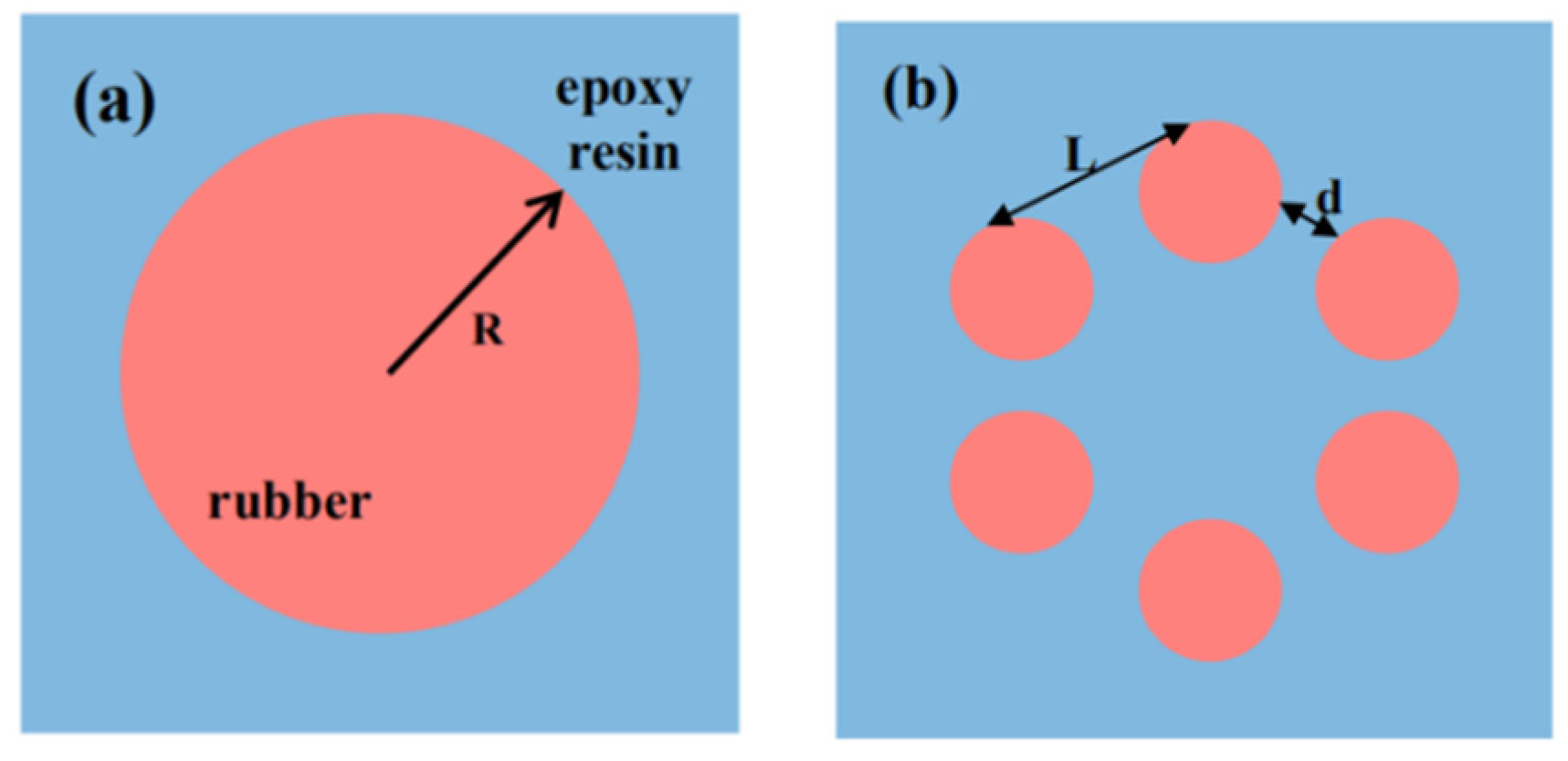
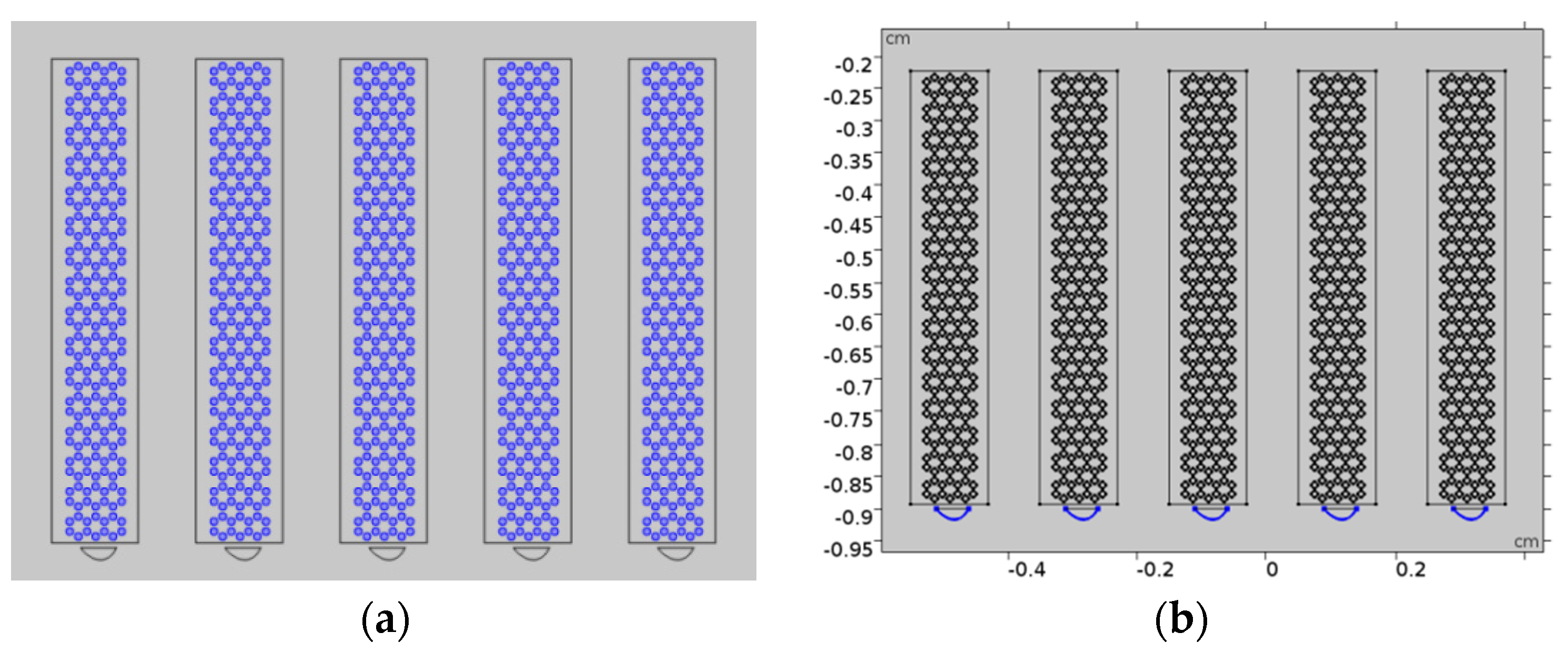
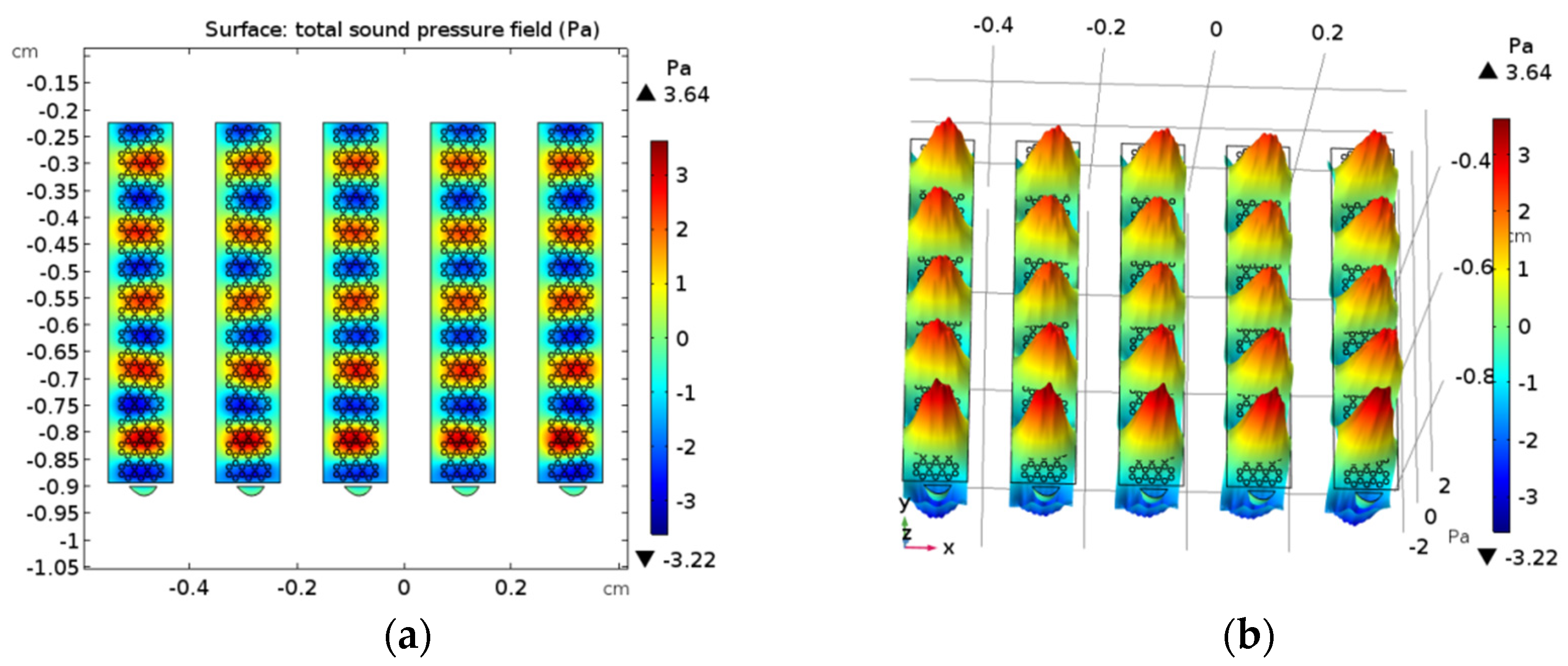
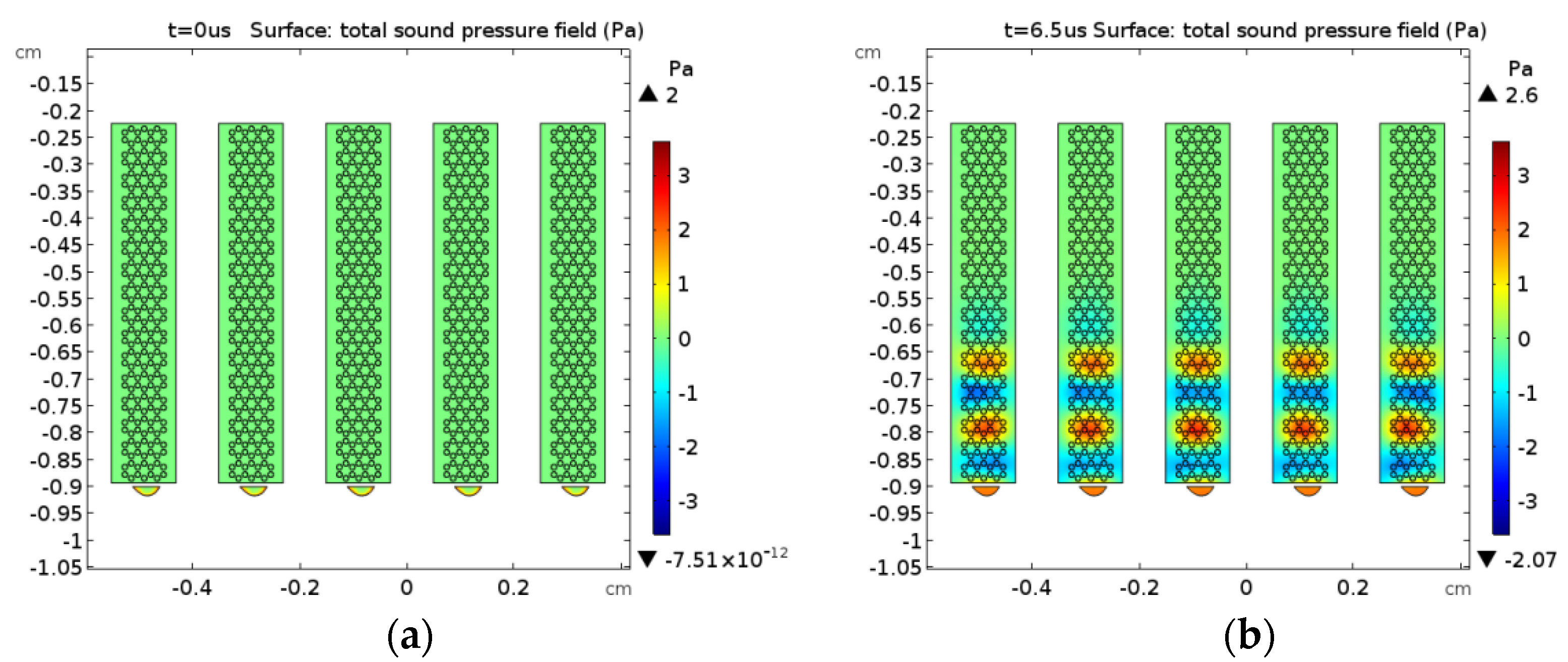
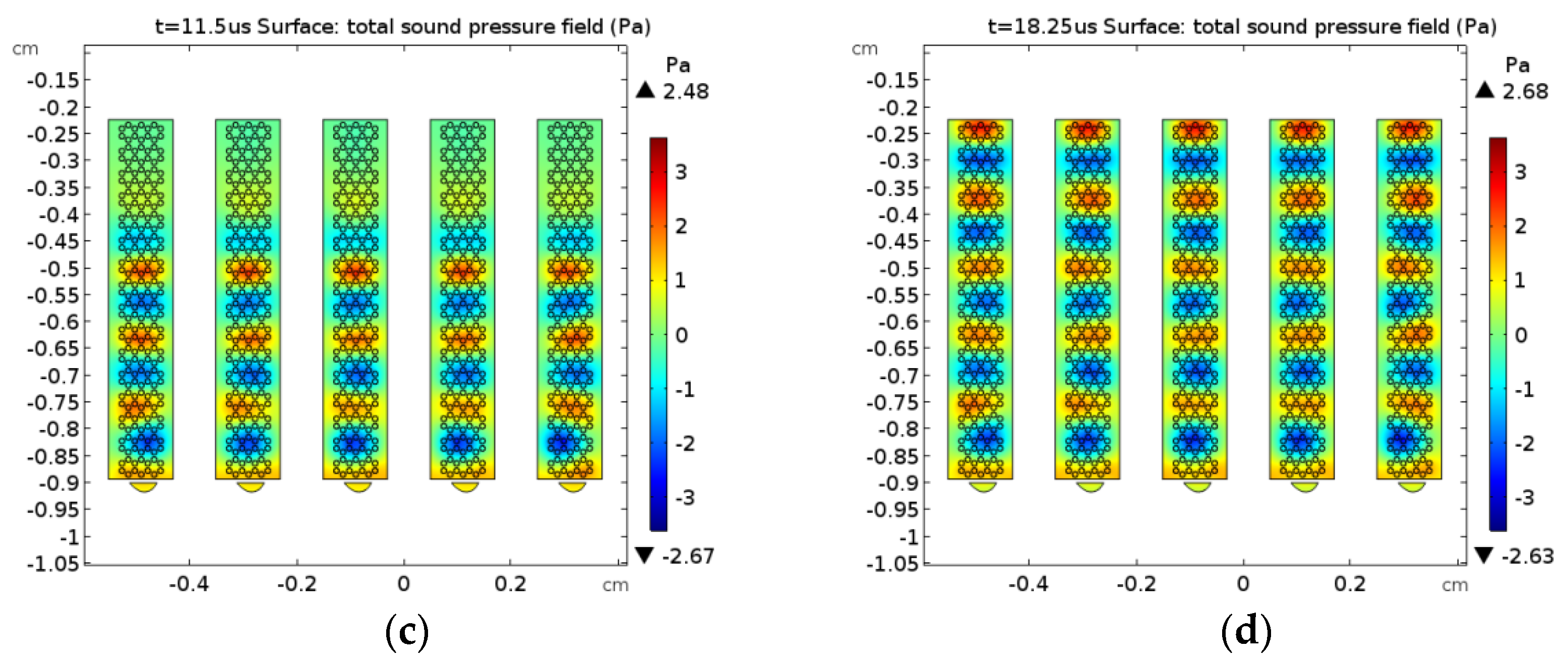
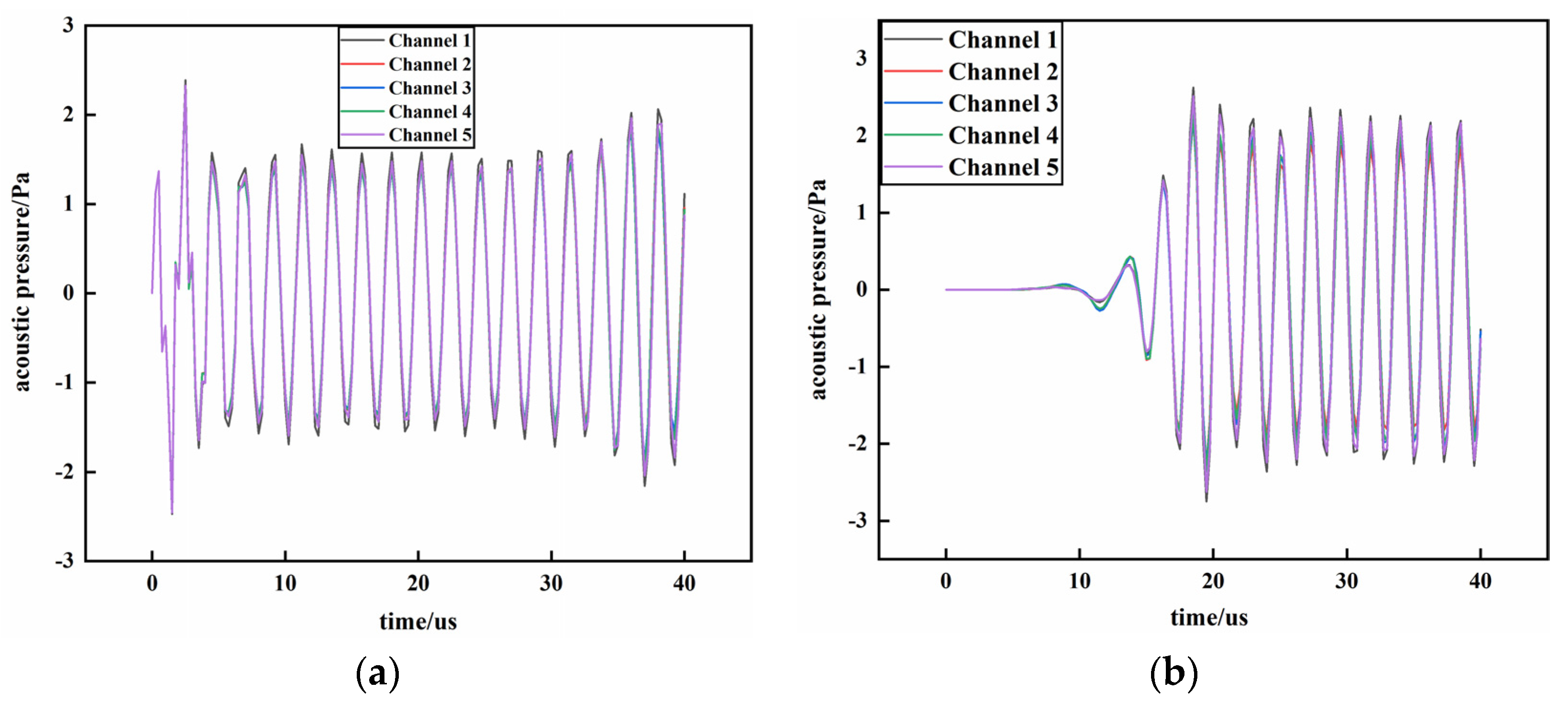
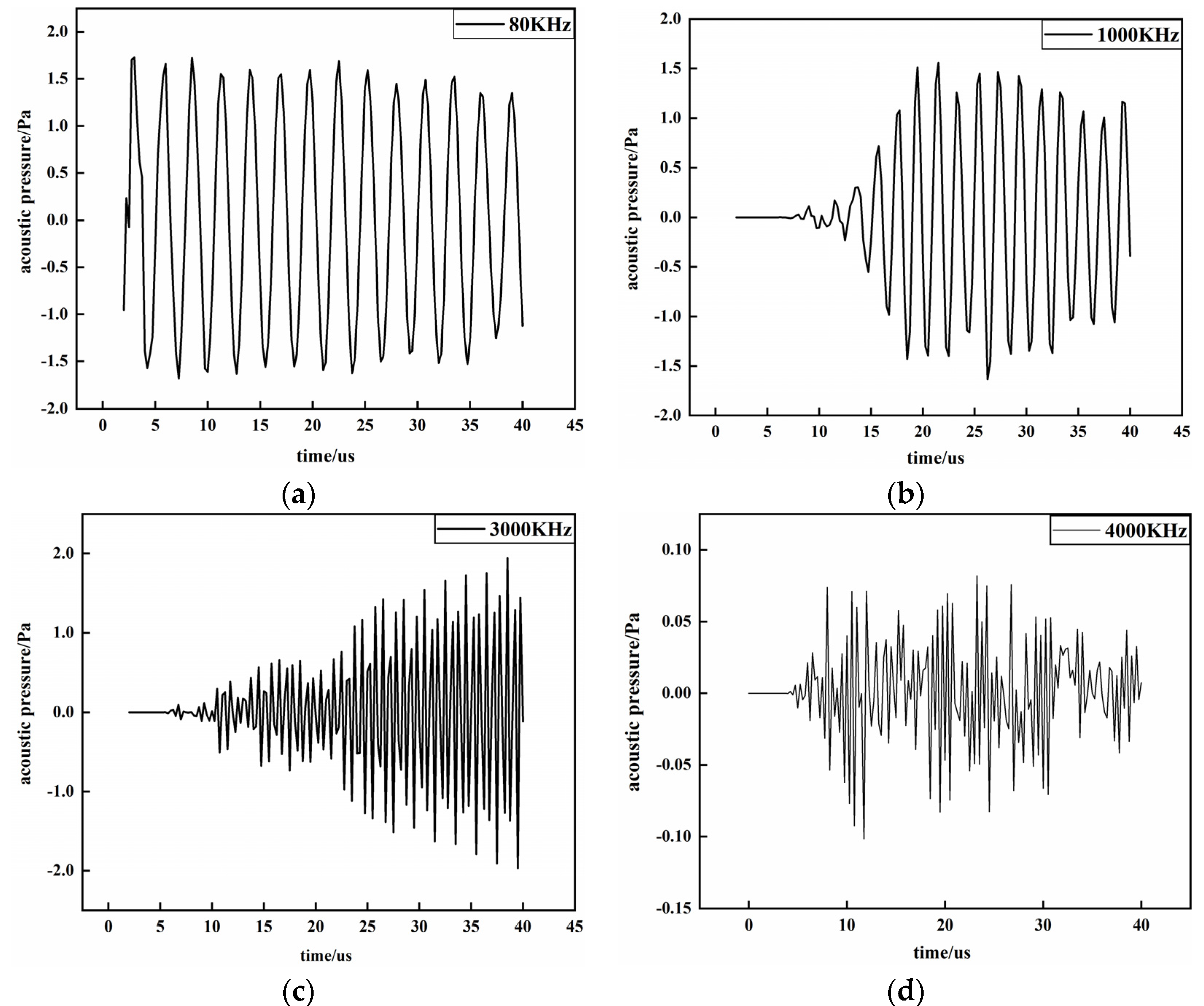
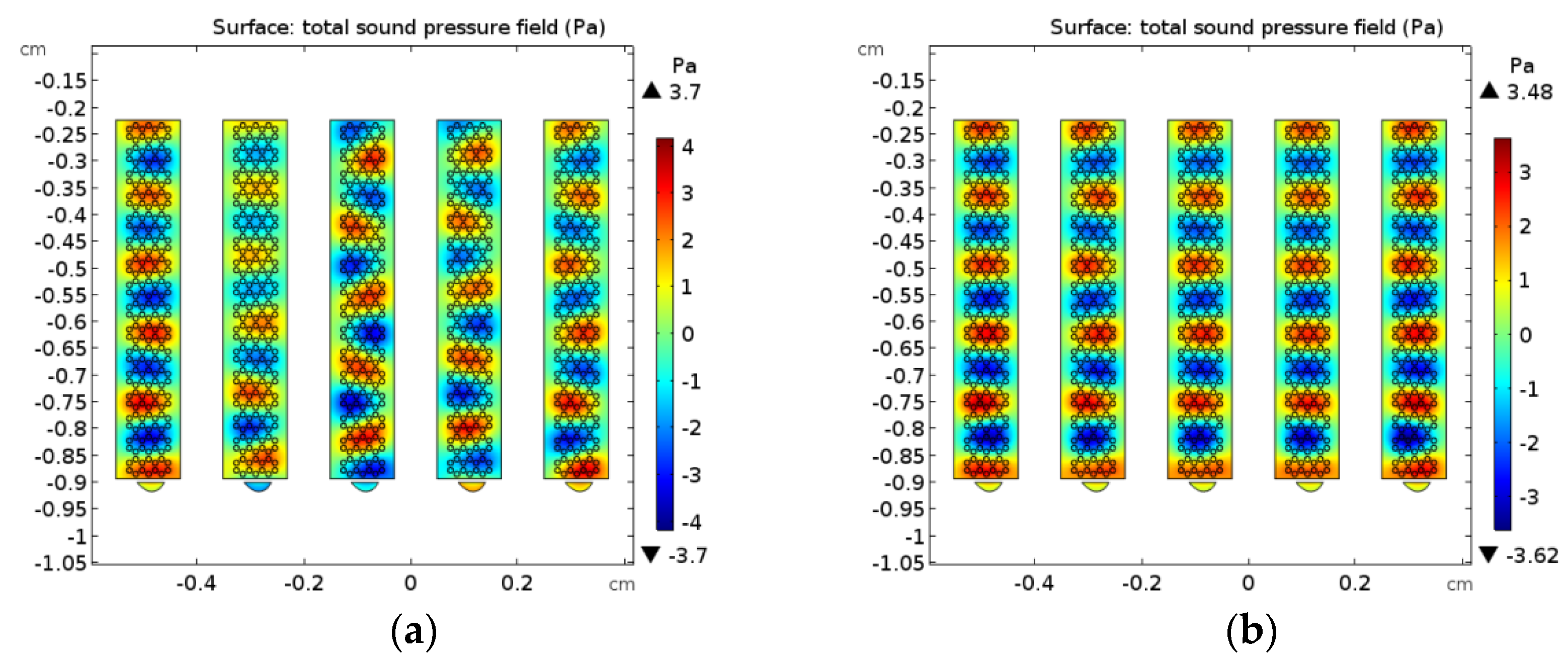
Publisher’s Note: MDPI stays neutral with regard to jurisdictional claims in published maps and institutional affiliations. |
© 2021 by the authors. Licensee MDPI, Basel, Switzerland. This article is an open access article distributed under the terms and conditions of the Creative Commons Attribution (CC BY) license (https://creativecommons.org/licenses/by/4.0/).
Share and Cite
Zhao, X.; Han, J.; Yang, P.; Zhao, R. Research on High-Efficiency Transmission Characteristics of Multi-Channel Breast Ultrasound Signals Based on Graphene Structure. Crystals 2021, 11, 507. https://doi.org/10.3390/cryst11050507
Zhao X, Han J, Yang P, Zhao R. Research on High-Efficiency Transmission Characteristics of Multi-Channel Breast Ultrasound Signals Based on Graphene Structure. Crystals. 2021; 11(5):507. https://doi.org/10.3390/cryst11050507
Chicago/Turabian StyleZhao, Xinsa, Jianning Han, Peng Yang, and Rongrong Zhao. 2021. "Research on High-Efficiency Transmission Characteristics of Multi-Channel Breast Ultrasound Signals Based on Graphene Structure" Crystals 11, no. 5: 507. https://doi.org/10.3390/cryst11050507
APA StyleZhao, X., Han, J., Yang, P., & Zhao, R. (2021). Research on High-Efficiency Transmission Characteristics of Multi-Channel Breast Ultrasound Signals Based on Graphene Structure. Crystals, 11(5), 507. https://doi.org/10.3390/cryst11050507





